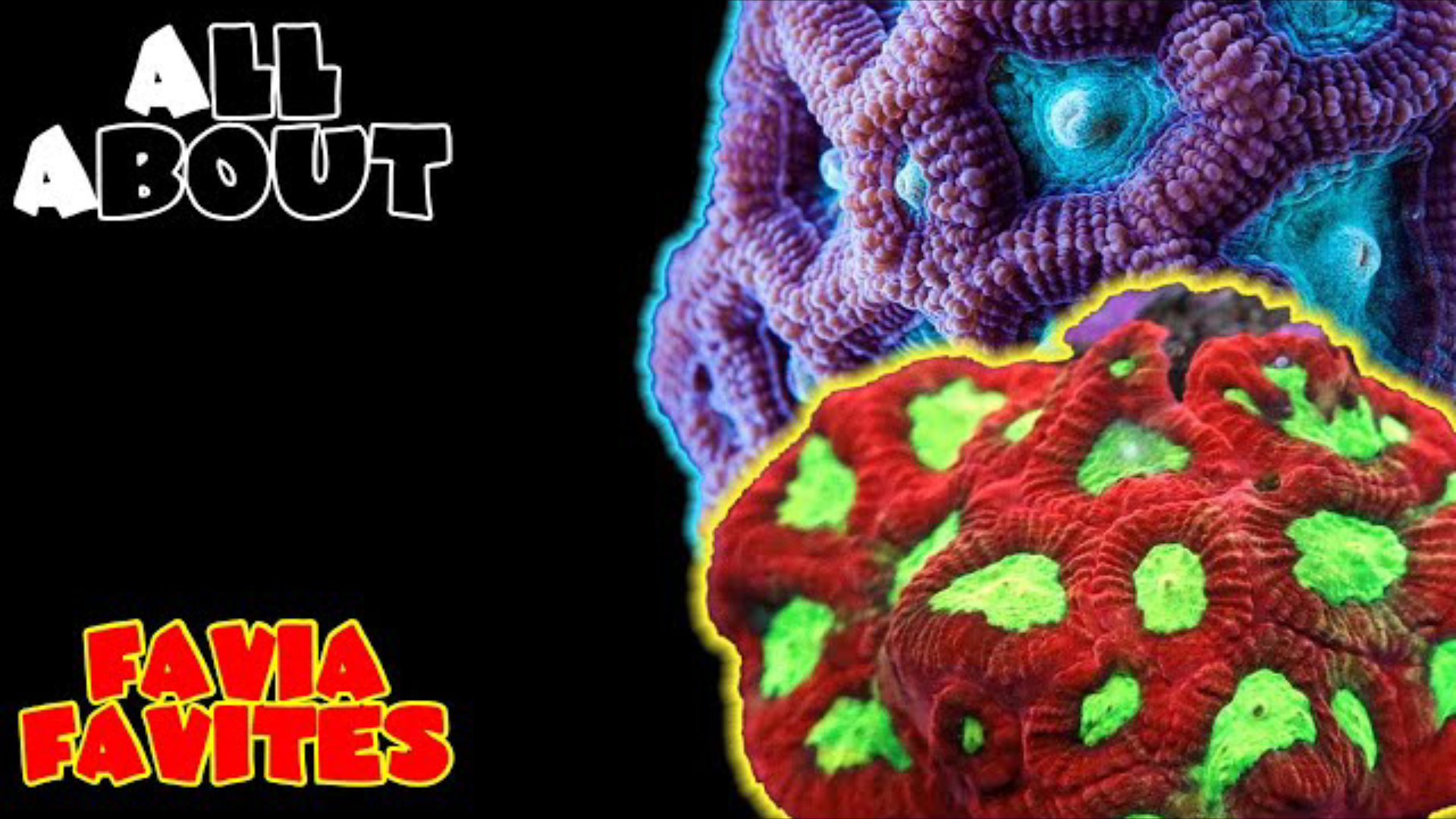Favia Coral/ Favites Coral: all you need to know
- Nov 10, 2020
- Anshika Mishra
- 1726 0 0

Favia Coral
This is a very pretty coral which is great for beginners too; this is the Favia Coral also known as Favites coral and Goniastrea corals. All of them are very similar, almost identical especially whenever you pit one right beside each other, it is really hard to tell what the difference is.
The good thing is that the care guide is exactly the same for all of them. The only thing you will see differently is Favia because it grows walls on each head separately and then Favites grows its walls together with each head. But whenever you put them beside each other, they look exactly the same.
PRICES: You can sometimes find frags from as low as $15 but then if you want some crazier colors it can definitely get upward of a hundred dollars or more. Further, if you want larger colonies that will definitely cost you more.
CARE LEVEL: They are super easy, a great beginner coral to get.
TEMPERATURE: You want to keep your tank from 72-78, definitely recommended higher for the corals in your tank, they will do a lot better in that 78-degrees Farhenite.
dKH: 8-12
pH: 8.1-8.4
SALINITY: 1.023-1.025
COLORS: What's great about these guys is they come in almost every color you can think of. The reds, oranges, yellows type of color are going to be a lot more expensive in comparison with the greens, purples, and blues, they tend to be a little bit cheaper.
So, if you want more vibrant crazy colors it is definitely going to cost you.
DIET: They are photosynthetic, so they will be eating things like phytoplankton and zoanthids in the water. It is also very good you feed them directly, so pellets are a really good way to feed them, each little circle you see on top of the coral is the mouth which can eat. When you feed them the mouth opens up and you'll see little tentacles come out and they will eat that pellet food.
You can also feed them liquid food, things like oyster feast are their favorite, you see how happy they are while eating it.
ORIGIN: Most of the time nowadays, they are going to be captive-bred. You will usually get it from people who are growing them and fragging them in the house off for you. They are originally native of Australia and Indonesia area.
VENOMOUS: They do have long stingers that will come out and it looks like tiny strings and they are actually used to catch food. They are not harmful to us but if they were to sway and hit other corals, they will definitely sting it.
So, makes sure who is around this coral, especially at night whenever they come out all the time.
PLACEMENT: It is recommended to place them in medium to low areas where the current isn't crazy. They do not need a ton of light but they do need some and they tend to do a lot better in the lower parts of the tank.
CURRENT: It needs to be low, this will stress them out, if it is too high, it will cause them to shrink and would not allow them to eat very well so put them in a low spot in the tank and around low current and they will be really happy.
TANK SIZE: Tank Size does not matter for these corals as long as your levels are up, with every nutrient in place.
LIGHTNING: Definitely from medium to high, they do not need anything crazy.
FRAGGING: Fragging is very tough for these corals because they have a very very thick skeleton which is not easy to get through. So unless you have one of those really nice reef cutting saws to run them through, it is really not a good idea to frag this.
Slow-growing corals
This is a very slow-growing coral your are not going to see some crazy growth. They tend to have little mouths which you can see on each circle and they eventually start to grow two months and then basically they split. They will keep doing this over and over again until it starts to overcome the rock.
They can also start growing on the rock but this is a very slow process, it takes a while. A lot of times people will just put them on the sand bed that way they can spread out there. Feeding them weekly will help them grow quickly.






About author